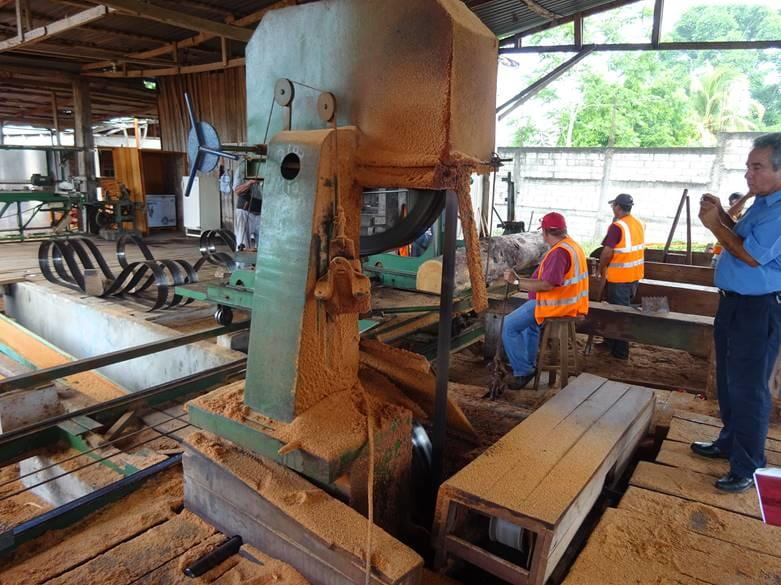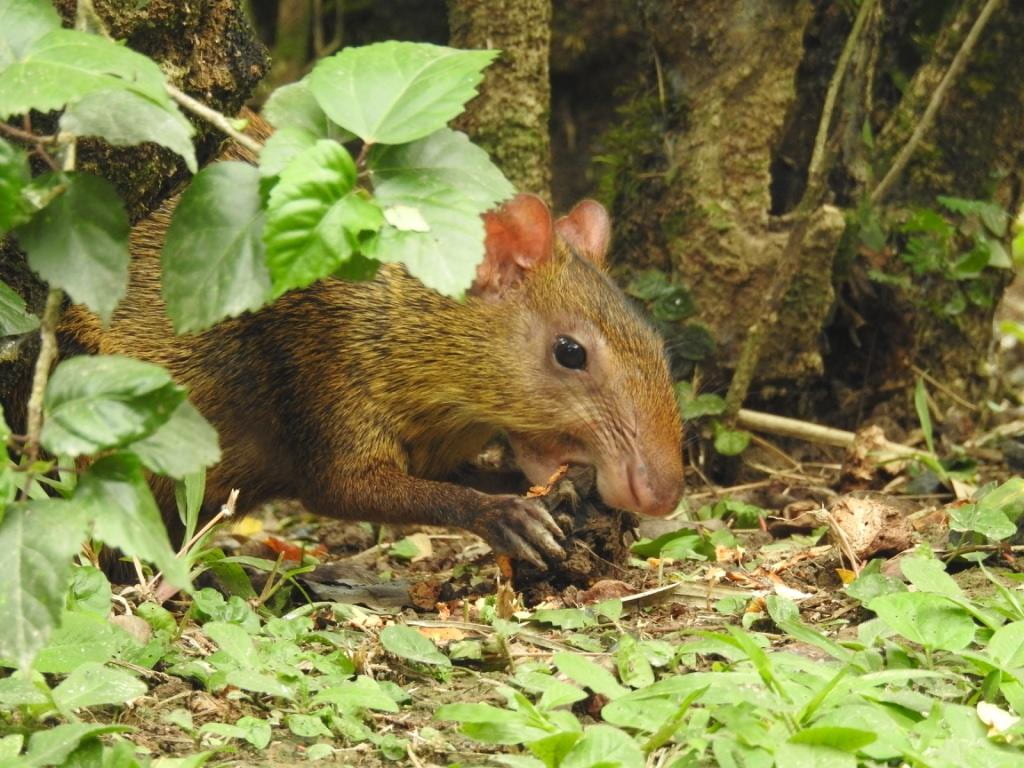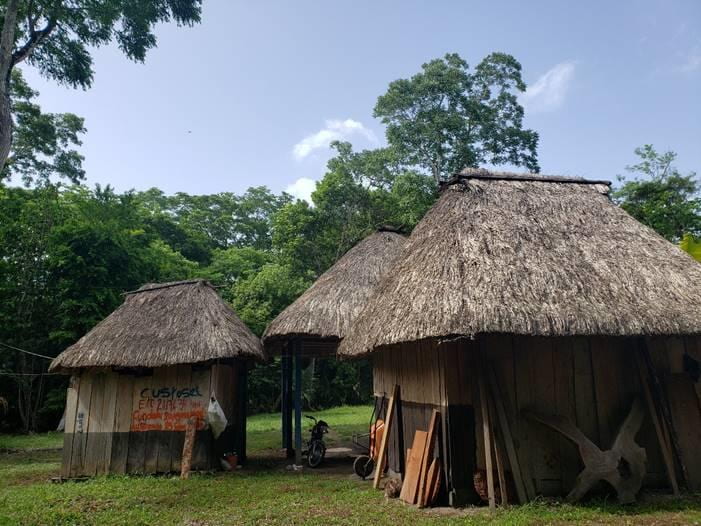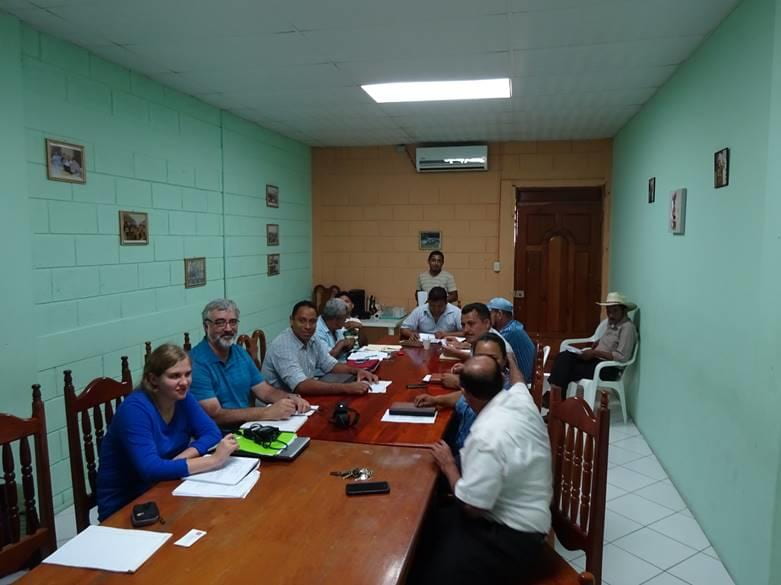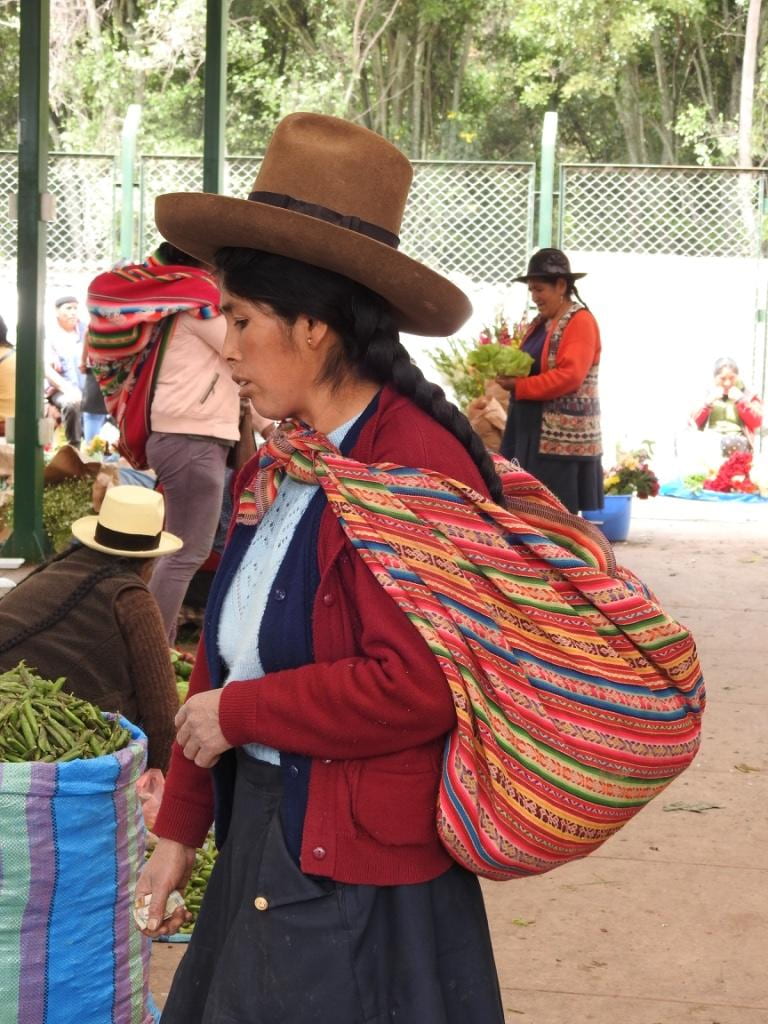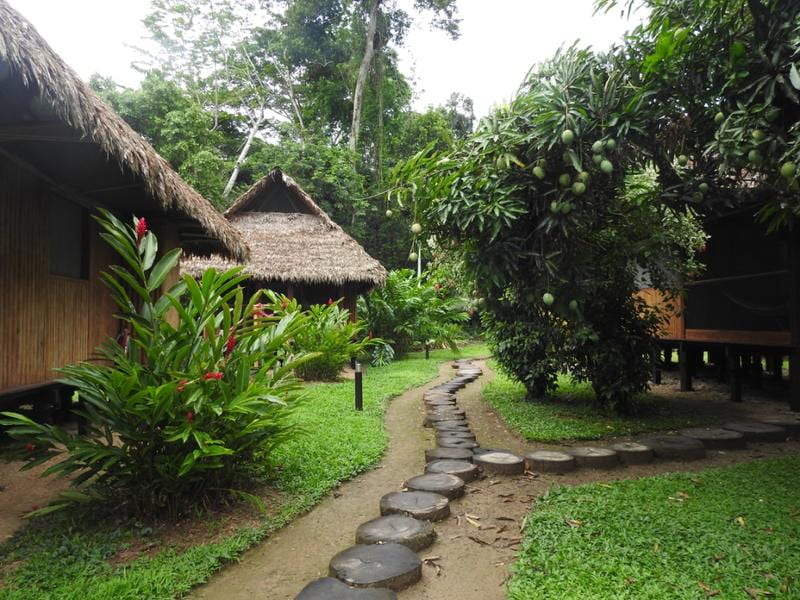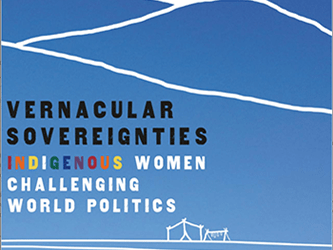Saving Latin America’s Forests
Diminished Agricultural Land Clearing and Stronger Property Rights
Surging deforestation in the Brazilian Amazon grabbed international headlines in 2019. In early August, The Economist decried environmental destruction in the world’s most extensive rainforest as “vandalism.” Three weeks later, French President Emmanuel Macron and German Chancellor Angela Merkel characterized that destruction as an “acute emergency,” one that would be high on the agenda at a Group of Seven summit Macron was about to host in Biarritz.
Yet the recent loss of natural habitats in the largest country in South America is a departure from broader trends, which are bending in the direction of forest recovery. Even in the Brazilian Amazon, annual clearing of tree-covered land has plummeted, from an average of nearly 5,000,000 acres between 1995 and 2005 to an average of 1,680,000 acres from 2014 to 2018 according to Brazil’s National Institute for Space Research. To be sure, land clearing accelerated in 2019. Still, last year’s total was less than half the annual rate of forest loss two decades ago.
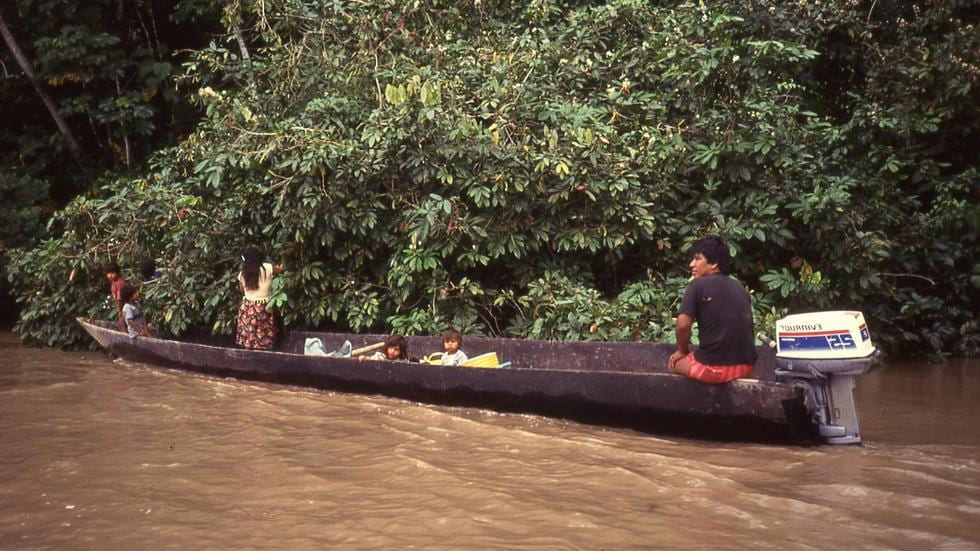
A Cofán family collects wild guava alongside the Río Aguarico in the Ecuadorian Amazon. Photo by Douglas Southgate
By no means is decelerating deforestation in the Brazilian Amazon anomalous. Consider what has happened in forests close to the Atlantic Ocean, which extend from the northeastern corner of Brazil down to the border with Uruguay. In the late 1980s, environmentalist Norman Myers included those forests in a short list of hotspots of threatened biodiversity – places around the world where habitats harboring a large number of endemic species are under serious threat. Through 2005, yearly habitat losses in the Brazilian Atlantic hotspot regularly exceeded 150,000 acres. But more recently, the average rate has been about 27,000 acres per annum. In a 2018 article published in Perspectives in Ecology and Conservation, Camila Rezende and eight other scientists contended that the region no longer fits Myers’s definition of a hotspot.
Other Latin American nations have experienced a slowdown in habitat destruction since the turn of the twenty-first century. According to the U.N. Food and Agriculture Organization, net annual losses of South American forests outside of Brazil diminished by 40 percent between the early 2000s and 2015. A decline of 50 percent occurred in Central America during the same period. Tree-covered land is actually increasing in a few countries – including Chile and Uruguay, where there are extensive plantations dedicated to timber production. Forests are making a comeback as well in Costa Rica, due to the strengthening of forest ownership, payments for the ecosystem services provided by tree-covered land and park protection. These three countries are now following the lead of the United States, Russia and other nations north of the Tropic of Cancer, where forests are spreading after contracting and degrading for decades, if not centuries.
Food Economy Developments
Researchers who investigate deforestation in the Brazilian Amazon offer various explanations for decelerating habitat loss. Enforcement of national legislation mandating forest protection in the region has improved, some contend. Also said to have an impact is better monitoring of food supply chains, to discourage the clearing of natural habitats to make way for new farms and ranches. But there is a more fundamental reason for diminished deforestation, both in the Amazon Basin and elsewhere in Latin America. Changes on the demand side of the food economy and on its supply side are combining to scale back agricultural land use, thereby reducing the threat to natural habitats.
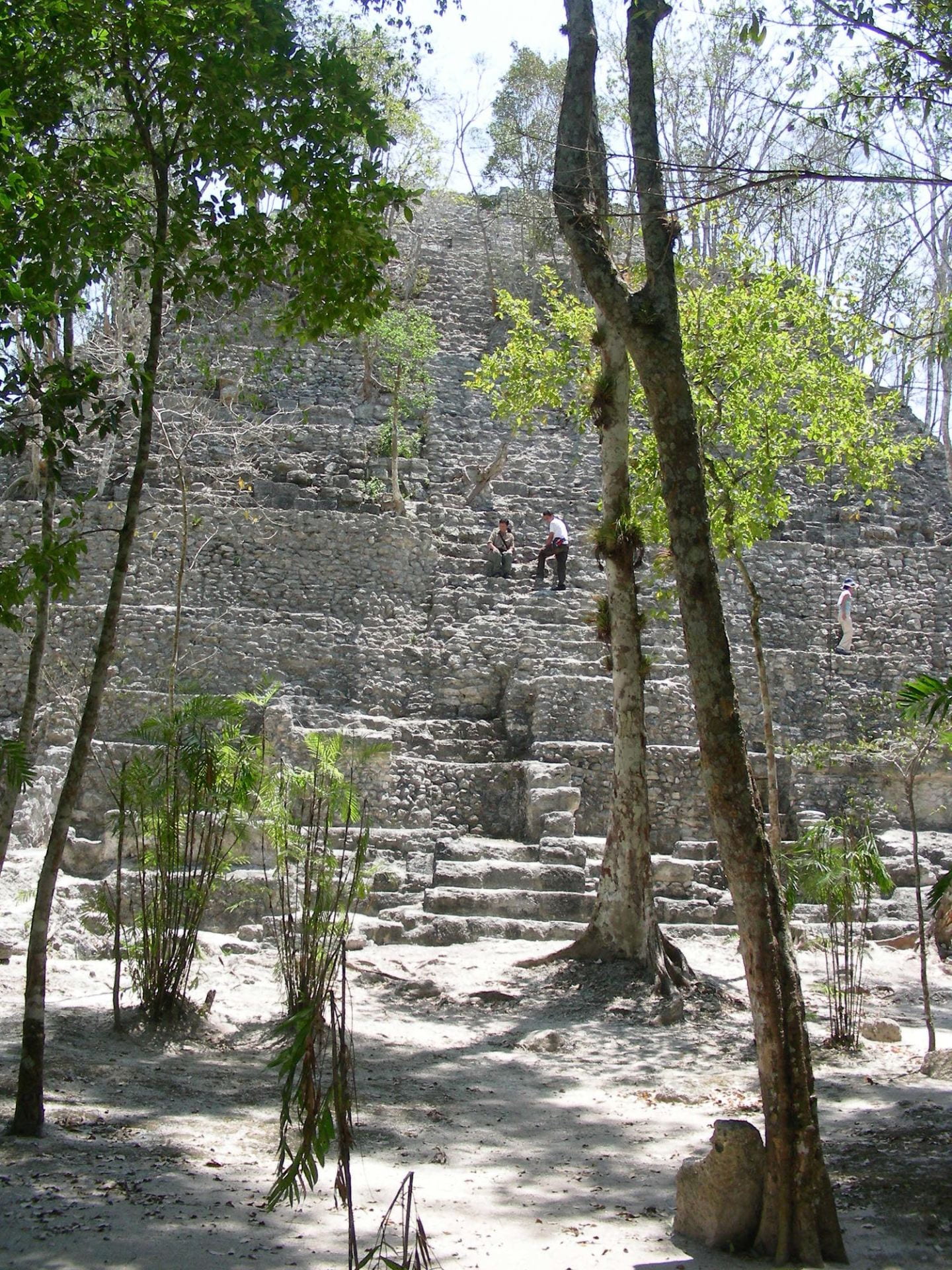
El Mirador National Park, bordered by community-managed forests in the Maya Biosphere Reserve in northern Guatemala Photo by Douglas Southgate
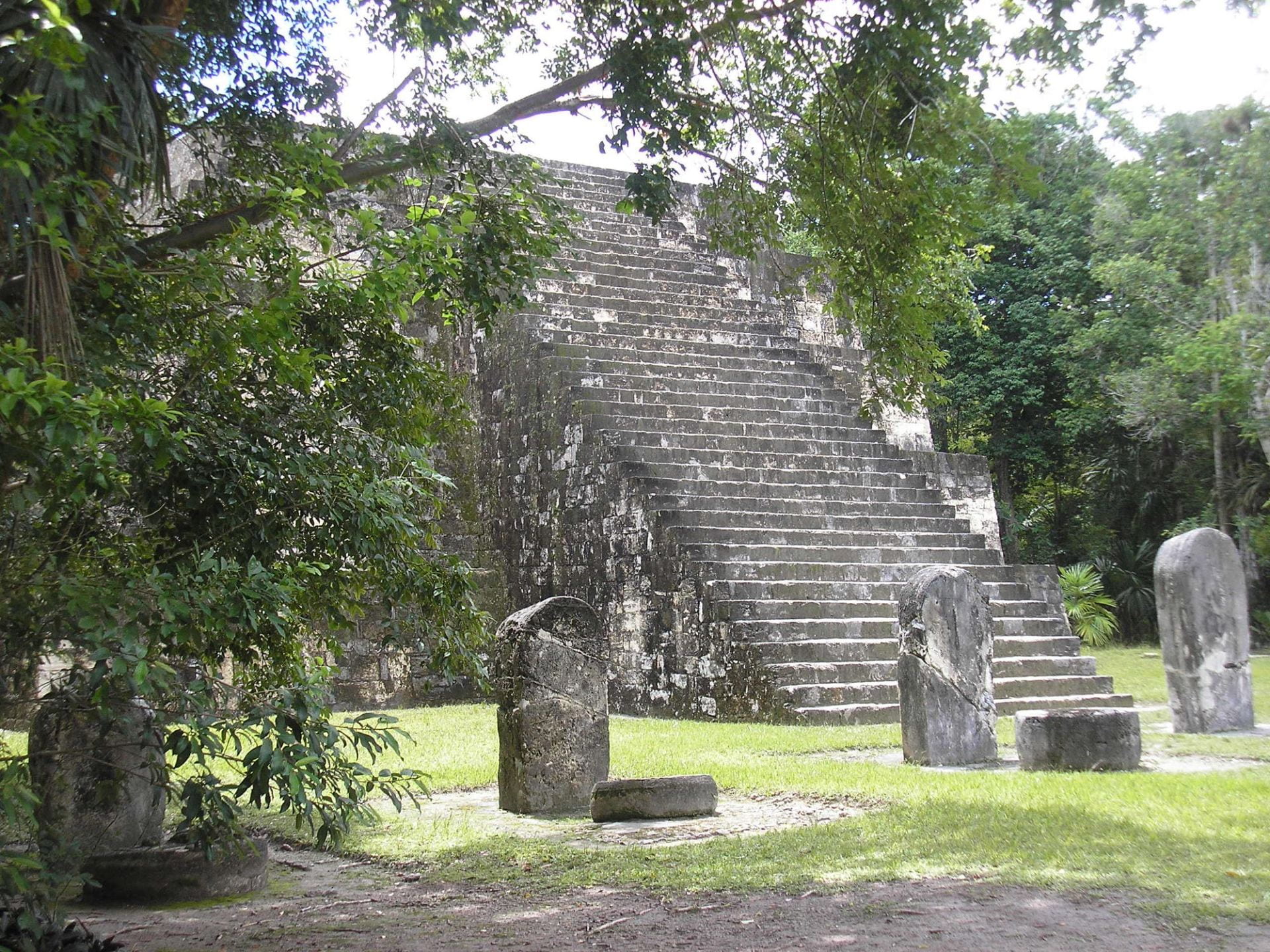
Tikal National Park, bordered by community-managed forests in the Maya Biosphere Reserve in northern Guatemala. Photo by Douglas Southgate
On the demand side, the number of mouths to feed is now growing much less rapidly than it did during the twentieth century, when the global population rose from 1.65 billion in 1900 to 2.47 billion in 1950 before soaring to 6.07 billion in 2000. Human fertility fell to or below the replacement level of about 2.1 births per woman at least a generation ago in wealthy nations such as Germany and Japan. Individual rates of reproduction are also below the level required for a stable population in many of the world’s emerging economies, where most human beings dwell and which include most Latin American nations. Brazil’s total fertility rate (TFR) declined by more than 50 percent between 1960 and 1990, from 6.1 to 2.9 births per woman. The same demographic indicator nearly halved again during the next quarter century, reaching 1.7 births per woman in 2017. In Peru, which has the largest Amazonian territory aside from Brazil’s, the TFR fell from 6.9 in 1960, to 3.9 in 1990, to 2.3 in 2017. Human fertility has followed the same descending path in Colombia, which also extends far into the Amazon Basin: TFRs of 6.7 in 1960, 3.1 in 1990, and 1.8 in 2017.
Human numbers are still going up in countries such as Brazil, Colombia and Peru, due to the demographic momentum unleashed in the recent past when TFRs were still above the replacement level. But during the next few decades, when human fertility is expected to remain at or below 2.1 births per woman, population growth will abate, cease and even reverse itself. The demand for food will still rise, as household earnings improve. However, increases will be modest compared to those experienced during the second half of the twentieth century, when rates of population growth peaked and when China and other emerging economies achieved unprecedented gains in living standards.
Developments on the supply side of the food economy have contributed at least as much as slower demand growth to the diminished expansion of agricultural land use. During the middle 1960s, the introduction of high-yielding varieties of rice and wheat in South and Southeast Asia marked the beginning of a Green Revolution (as it was soon known) in global agriculture. Thanks to farmers’ speedy adoption of those varieties and subsequent advances in agricultural productivity, global average cereal yields today are more than double what they were before the Green Revolution. Greatly exceeding the contemporaneous expansion of farmland, productivity gains in agriculture explain why food supplies have gone up faster than food demand during the past half century, as signaled by a dramatic decline over the long term in inflation-adjusted prices.
Forest Ownership
Between slower growth in the demand for food and continuing improvements in agricultural technology, economic forces are aligning in favor of forest conservation. But for conservation to happen, those economic forces need to be expressed in markets, which comes about if forest dwellers have property rights in land, trees, and other resources.
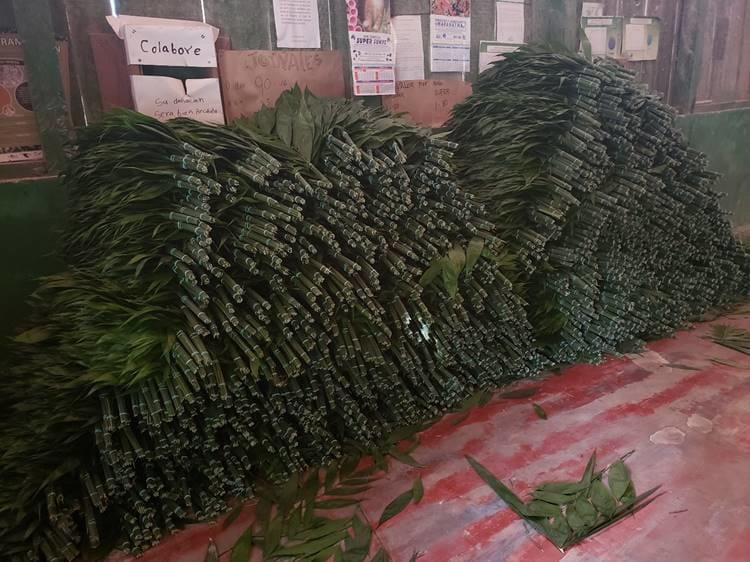
Milian Xate for the adornment of flower arrangements in the United States and elsewhere collected in the Maya Biosphere Reserve of northern Guatemala. Photo by Sara Grossman
Reinforced local ownership was an early result of efforts during the 1980s by the U.S. Agency for International Development (USAID) in the Palcazu Valley of Peru, no more than 400 kilometers directly northeast of Lima though over and across the Andes from the capital city. The valley’s forests could have been divided among individual households. However, doing so would have resulted in parcels too small for the application of improved management practices. Instead, group ownership was instituted, with titles awarded to communities of the Yanesha – an indigenous group that comprised half the local population at the time.
Once community titles were in place, USAID provided technical advice and other support for small-scale agriculture, to increase food availability for the Yanesha and their neighbors. Also, American experts associated with the Tropical Science Center (TSC) in Costa Rica were brought in to design and implement an environmentally sound system for timber extraction. In addition, the Yanesha Forestry Cooperative, owned by the indigenous communities and underwritten initially by USAID, was created to process harvested timber.
The Palcazu Valley project was innovative – not least the logging system designed by TSC experts, which mimics the gaps that heavy storms open up regularly in primary forests and that shade-intolerant tree species need to reproduce. But because of the illegal drug trade, guerrilla activity and the remoteness of many Yanesha landholdings, that system was abandoned during the 1990s. Nevertheless, indigenous communities have held on to their titles, which in some places has kept deforestation in check. These days, the Yanesha market non-timber products —such as uña de gato (cat’s claw), a medicinal plant—harvested from community forests. They also sell carved bowls and other items crafted from wood, including on the internet in cooperation with international partners.
As USAID’s efforts in the Palcazu Valley drew to a close, 30 years ago, a similar initiative was ramping up in the Maya Biosphere Reserve (MBR) of northern Guatemala, where there are large numbers of threatened species and archeological sites of global significance. Anthropologist James D. Nations, who has carried out field research in the area since the 1970s, observes that prospects for converting the entire MBR into a single, big park were always “essentially zero.” When called on by USAID to design a project, Nations and his colleagues favored enhanced protection for existing parks. But for most of the reserve, they recommended a system for harvesting timber similar to what had been pioneered in the Peruvian Amazon. Another similarity to the Palcazu Valley project was that a majority of the tracts set aside for controlled logging were entrusted to local communities, not private firms.

Certified lumber harvested from community concessions in the Maya Biosphere Reserve. Photo by Brent Sohngen
Current USAID support for the MBR is modest relative to the investment in community forestry made during the 1990s. However, the strengthening of local ownership appears to have paid off, both for forests and for the households involved. In a pair of studies using separate sets of data, Allen Blackman of the Inter-American Development Bank and Lea Fortmann (whose doctoral dissertation at Ohio State University focused on northern Guatemala) concluded that there was less deforestation in community forests than in neighboring portions of the MBR. This finding applied to a variety of participating communities, including some whose members inhabit forested holdings as well as others made up of residents of nearby settlements who manage uninhabited tracts. Deforestation was even arrested in the holdings of recent migrants to the region, in spite of their limited knowledge of forestry.
Corinne Bocci (another Ohio State doctoral student) analyzed the USAID project’s impact on household earnings. She found that households belonging to communities that manage forests generally have higher incomes than unaffiliated households. Furthermore, members’ incomes are more stable and tend to grow faster over time. Interestingly, individuals involved in the management of uninhabited tracts experienced the greatest gains in living standards. In inhabited areas, household incomes have gone up the most in the oldest communities, which predate the USAID project by decades. But even where recent migrants are concerned, stronger property rights have enabled people to benefit economically from conservation.
New Opportunities
Advances in production technology and slower demand growth in the food economy are creating new opportunities for forest conservation, including in the Amazon Basin and the rest of Latin America. To take advantage of those opportunities, forest dwellers must have a secure legal stake in the resources that surround them, so that they can benefit from the wise use and management of those resources. The environmental and economic gains of this approach have been demonstrated in Guatemala.
Property rights are not a panacea. But how, one wonders, are natural habitats to be saved without local empowerment of the sort that exists only if resources are locally owned?
Spring/Summer 2020, Volume XIX, Number 3
Douglas Southgate is Professor Emeritus of Agricultural, Environmental, and Development Economics, Ohio State University. Brent Sohngen is Professor of Agricultural, Environmental, and Development Economics, Ohio State University.
Related Articles
Vernacular Sovereignties
English + Español
Manuela Lavinas Picq, a professor at the Universidad San Francisco en Quito, Ecuador, offers a rarely seen representation of Latin American Indigenous women as a collective, historical and political actor in search of justice and social transformation. Eurocentric, capitalist…
The Canela and I
English + Português
A mestiça born in Brazil, I had many worlds from which to choose. I could have selected that of my Sicilian ancestors, those immigrant Librandis who came to São Paulo eager for honest work of nearly any sort. I also could have chosen the Hakimes, Syrian immigrants who…
The Fernando Coronil Reader
English + Español
Fernando Coronil appears on the cover of this posthumous book in a photograph taken by his daughter Mariana. Cement and a communications tower appears to distance him from his beloved plains and grasslands. But no such distance exists. The hammock from…

